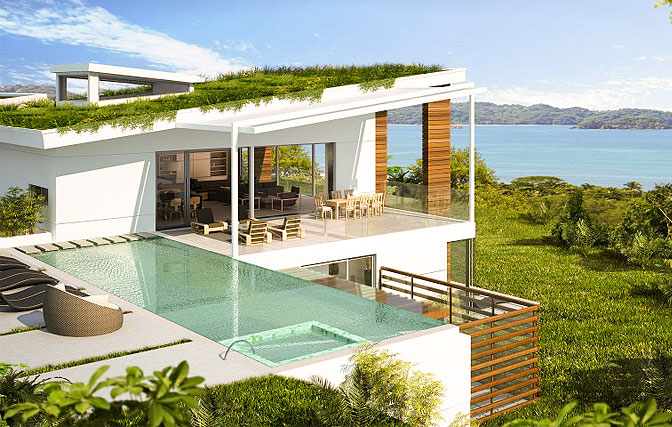Costa Rica, renowned for its lush landscapes and pristine beaches, is facing a modern challenge. Guanacaste, a region celebrated for its natural beauty and tourist appeal, has become the epicenter of a booming property market that threatens to reshape the community. Between 2020 and 2023, coastal property prices have skyrocketed by 400%, pushing the boundaries of affordability for local residents.
The High Cost of Paradise
The surge in real estate values in Guanacaste is primarily driven by a robust influx of development projects. Towns like Santa Cruz, Nicoya, Liberia, and Carrillo have seen an explosion in both housing and commercial construction, transforming the region into a hotbed for luxury real estate. This transformation, while lucrative for developers and appealing to international investors, has placed immense pressure on the local housing market.
Displacement of the Local Community
As the cost of living soars, many locals find themselves unable to cope with the rising expenses. The typical income in these areas does not align with the inflated property values, leading to a painful disparity between the wealthy investors and the community members who have long called Guanacaste home. The phenomenon, often described as economic displacement, forces residents to relocate as they are priced out of their own neighborhoods.
The Impact on Local Culture and Economy
The shift towards high-end developments not only affects housing affordability but also has broader implications for the local culture and economy. Traditional businesses and modest homes make way for upscale boutiques and sprawling resorts, altering the socioeconomic landscape. This gentrification often results in a loss of the area’s cultural essence and can create economic barriers that exclude long-standing local businesses.
Looking for Solutions
The situation in Guanacaste calls for a balanced approach to development—one that considers the needs of the local population alongside the ambitions of real estate developers. Policy interventions such as affordable housing mandates, restrictions on foreign property ownership, and community-focused development plans could help mitigate the effects of rapid real estate inflation. Moreover, involving local communities in the planning process ensures that development benefits all stakeholders, not just the wealthy few.
Conclusion: The Need for Sustainable Development
As Costa Rica continues to attract global attention for its natural and economic opportunities, the challenge will be to ensure that development does not come at the expense of those who call it home. Guanacaste’s property boom presents an opportunity to redefine what sustainable, inclusive growth looks like in one of the world’s most beautiful settings.

